Dwarf Four Leaf Clover
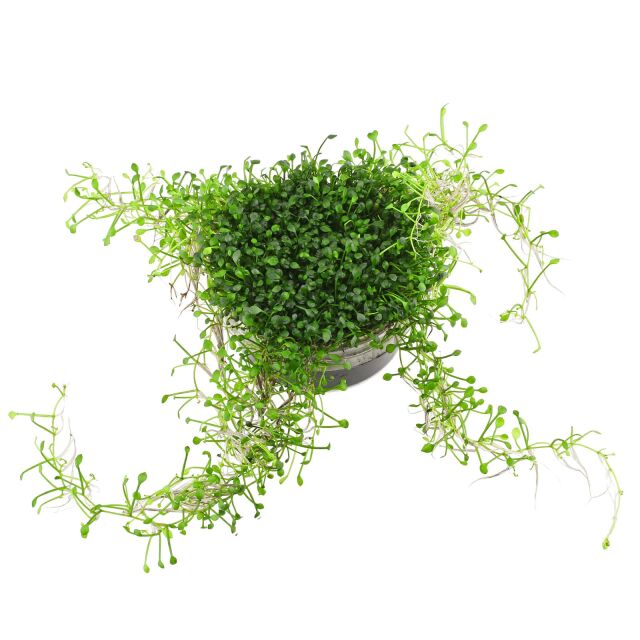
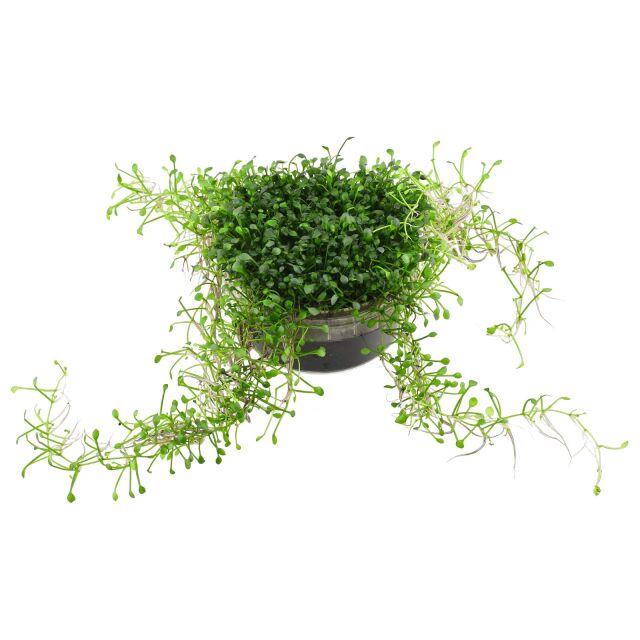
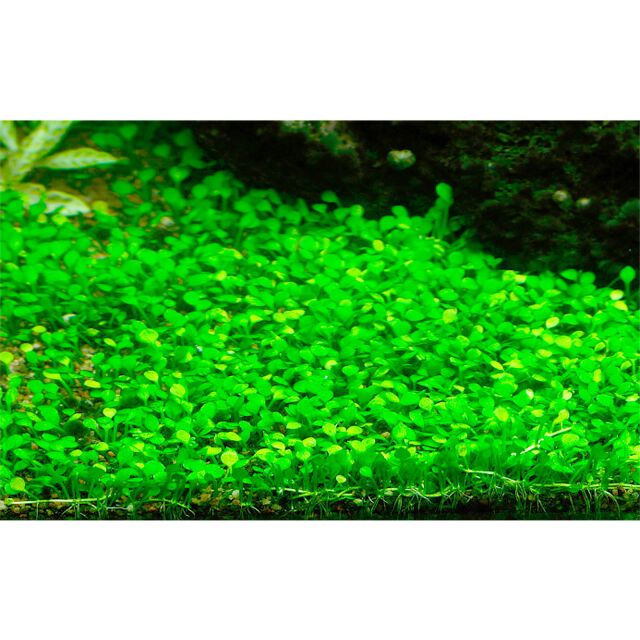
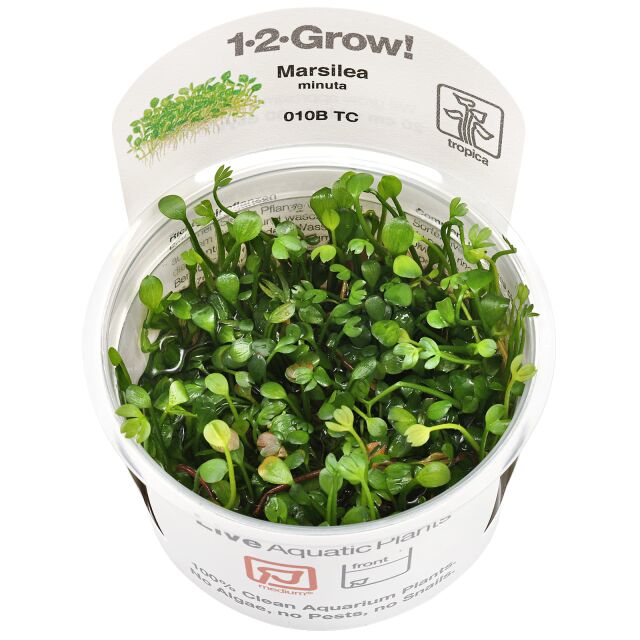
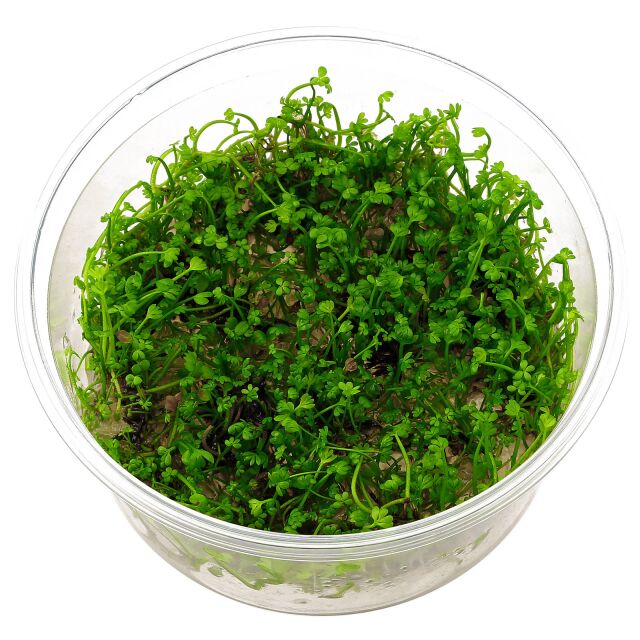

Marsilea crenata
Dwarf Four Leaf Clover
- Forms very small leaves
- Also available as Marsilea minuta
- Forms a 1-3 cm high and close carpet
- New leafes with brown color
Item question
We’re here for you!
Please enter your question and e-mail and we’ll contact you as soon as possible. It usually takes us up to 24 hours during business days to respond.
Thank you for your question!
Thank you, we’ll get in touch!
Close window
You already sent us a question.
Please wait a few minutes
Description
Marsilea crenata comes from the Asian and Australian tropics. Its emerged form sprouts the "four-leafed clover" leaves typical for clover ferns. Under water it develops into a nice low-growing lawn with small roundish leaves.
New leafes of Marsilea have brown color. Those leafes are not rotten or dead.
Marsilea crenata is a widely-spread water clover distributed in South-East Asia and Australia (Northern Territory, northern and central-eastern Queensland). It is found in shallow water and on drying-out mud, amongst others in rice paddies.
M. crenata cannot be clearly discerned from Marsilea minuta, and might even belong to that species (Nagalingum & al. 2007).
In trade, you often see the names M. crenata, M. hirsuta, M. exarata, M. drummondii and M. quadrifolia, however, it is not sure whether the respective plant was identified correctly. Most species of the genus Marsilea can only safely be identified in their emersed form by means of their sporocarps (spore-containing fruit).
Please see Marsilea spp.
| Complete botanical name | Marsílea crenáta C. Presl |
| Family | Marsileaceae |
| Genus | Marsilea |
| Usage | Foreground, ground cover |
| Aquascaping | forms a small-leaved carpet |
| General hardness | 0 - 30°dGH |
| Propagation | Runners, Splitting, cutting off daughter plants |
| Can grow emersed? | yes |
| Source | Flowgrow |
| Complete botanical name |
| Marsílea crenáta C. Presl |
| Family |
| Marsileaceae |
| Genus |
| Marsilea |
| Usage |
| Foreground, ground cover |
| Aquascaping |
| forms a small-leaved carpet |
| General hardness |
| 0 - 30°dGH |
| Propagation |
| Runners, Splitting, cutting off daughter plants |
| Can grow emersed? |
| yes |
| Source |
| Flowgrow |
How many plants do I need?
General information
Please choose a variant to see more information.
| Item no. |
|
| EAN | |
| Weight | |
| Shipping weight |
Customers ask customers
You have questions about this product? Ask other customer or our support team about this product!
Customer reviews
15 Reviews
| 5 Stars(13) |
|
| 4 Stars(2) |
|
| 3 Stars(0) |
|
| 2 Stars(0) |
|
| 1 Star(0) |
|

Super interesting plant to watch grow. Every day it stretches to new spots. Medium difficulty but in my medium lights no CO2 + ferts tank it is doing better than any other plant. (read more)

Die Pflanzen waren in einem guten Zustand und frei von allem möglichen was man halt nicht haben will. Wie man es halt von Tropica gewohnt ist.

These xl portions are really xl, compared quantity and quality very good price, certainly to consider.
Mu pleased with the attention of the store, fast shipping (Spain)